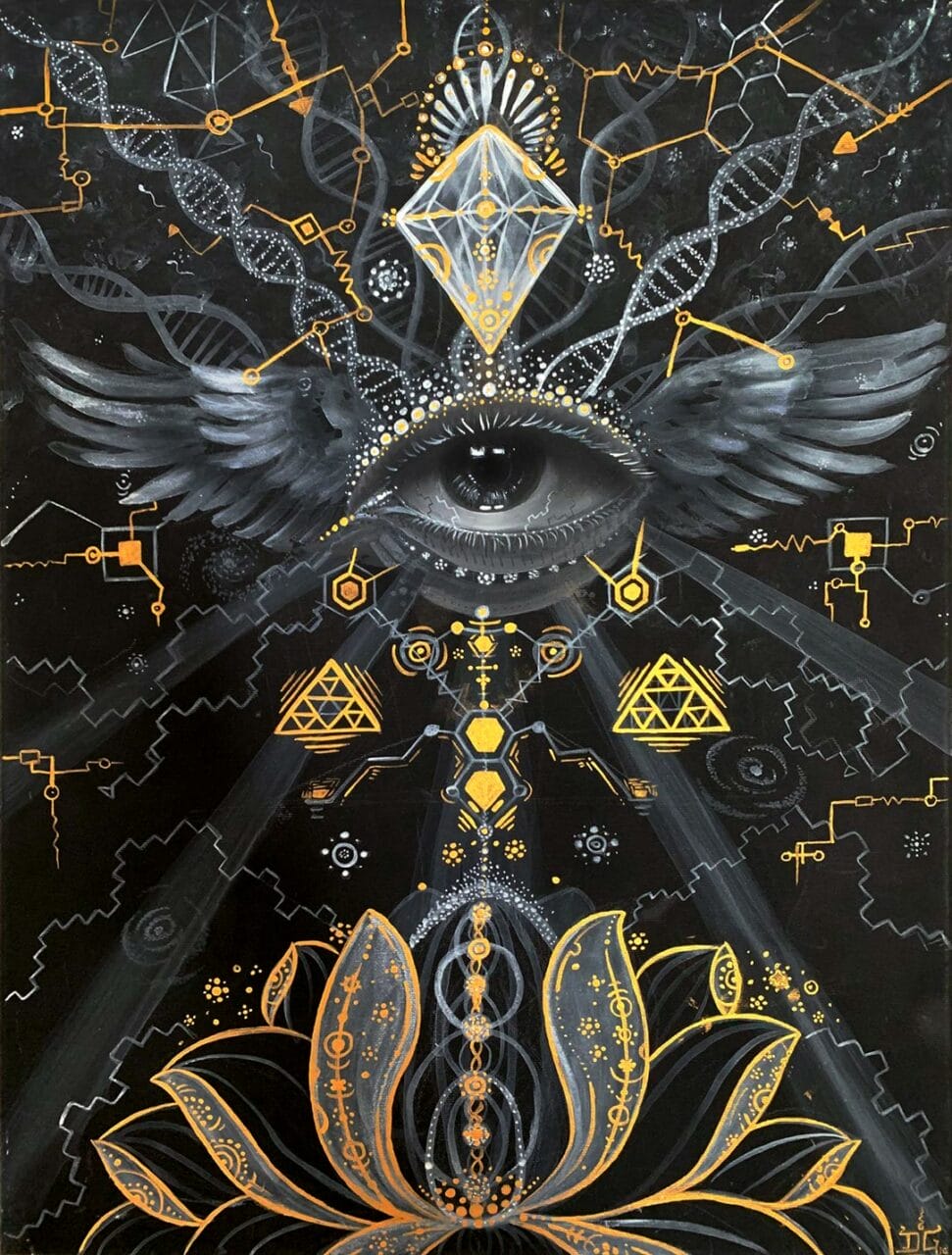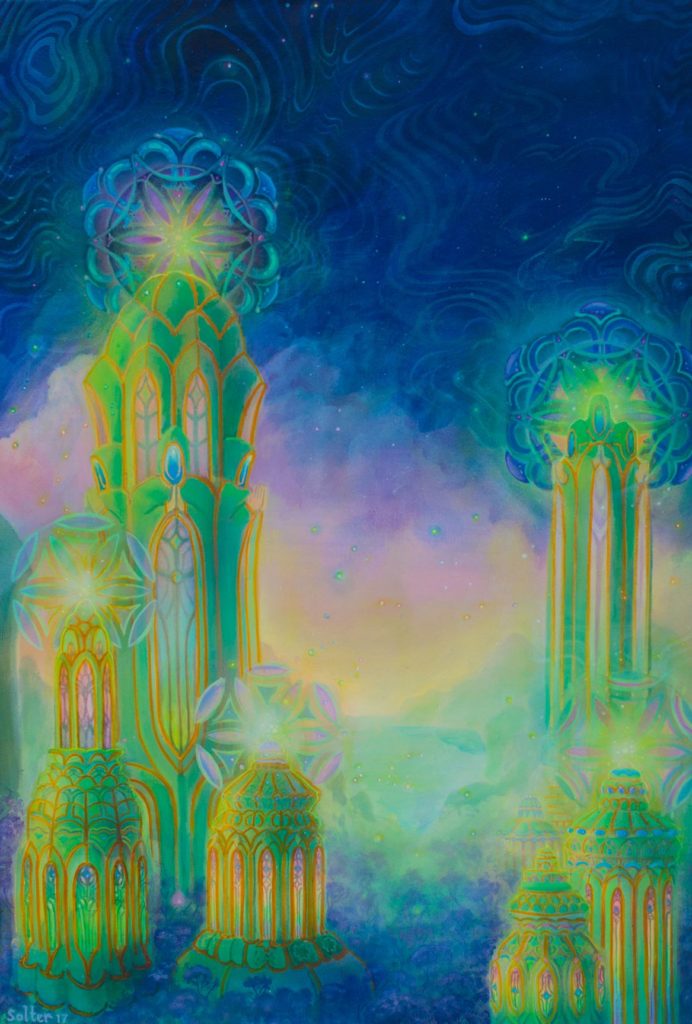
© Uni Kaya
An Historical Account of Magic Mushrooms
The presence of Magic Mushrooms has been traced back to 9000 BC according to historical archives. These unique mushrooms, comprising over 200 various species, contain psilocybin, a compound that triggers hallucinogenic outcomes. The effects may encompass altered insights, visual and auditory hallucinations, along with deep spiritual experiences. For millennia, these mushrooms have been harnessed for spiritual ceremonies, rituals, and practices across diverse cultures and tribes. A notable amount of these historical references originate from North and South America.
Magic Mushrooms in Ancient Times
Over the centuries, many cultures have utilized natural psychedelics. As indicated by discoveries in the Sahara Desert, humans were using Psilocybe Cubensis more than 7000 years ago. Archaeological findings point towards the portrayal of this intoxicating substance in prehistoric art across various regions. For instance, the native tribes of North Africa in the Sahara expressed its use in their paintings dating back to around 9000 BC. Similarly, the renowned Selva Pascuala mural rock painting in Spain, approximately 6000 years old, implies the use of Psilocybe Hispanica in religious ceremonies. The influence of these substances on our cultural development, religion, art, societal values, and everyday life is increasingly noticeable. This substance has undoubtedly left a deep mark on our culture and society.
Historical Review of Magic Magic Mushrooms Consumption
Historically,magic Magic Mushrooms have been consumed for a lengthy period. The psychoactive substance that is known today has traversed numerous centuries, with a variety of practices associated with its use. Who can resist the gifts of nature? It’s about time for Shroomland Canada to delve into the historical journey that has led Magic Mushrooms to its current status.
Major Highlights
- Dried Magic Mushrooms have been employed in traditional ceremonies and spiritual healing for generations. Nowadays, it is used as a treatment for mental health conditions.
- Magic Mushrooms became a symbol of the hippie culture and played a significant role in the psychedelic revolution, promoting its recreational use.
- Key figures such as Wasson, Sabina, and McKenna introduced psilocybin to the contemporary world.

© Jonathan Solter
Endorsing the Stoned Ape Theory
The Stoned Ape Hypothesis, proposed by Terence McKenna, suggests that psilocybin could have been instrumental in human evolution, especially in the development of cognition. Despite facing criticism, the intriguing nature of this theory is irrefutable.
Ancient Civilizations and Sacred Customs
Historical civilizations symbolized cubes through various means such as art, statues, and symbols, indicating the ceremonial usage of Magic Mushrooms. It was used by the Mayans and Aztecs as a medium to connect with supernatural beings, including gods. In the culturally diverse Aztec society, it was referred to as “teonanácatl“, which translates to “flesh of the gods”. The concept of a psychedelic experience was alien to them, resulting in their interpretation of it as a divine entity. Journeying north to Siberia, hallucinogenic Magic Mushrooms were employed by the Siberian shamans. They specifically used the hallucinogenic substance, known as “Amanita Muscaria” (Magic Mushrooms), for spiritual healing and traditional practices, despite its toxic nature. This usage dates back to nearly ten thousand years ago. In African tribal rituals, particularly among the tribes of Congo and Zimbabwe, cubes were used to communicate with ancestors, induce visions, and promote spiritual healing. These historical civilizations provide context to the contemporary use of psilocybin. The reverence for this substance in these cultures originated from its divine connection and the ability to stimulate mystical experiences.
Magic Mushrooms in Mythology and Folklore
Various accounts, including those by Gordon Wasson, have emphasized the connection between Magic Mushrooms and the mystical world, highlighting its role in folklore and mythology as a medium for divine communication and enlightenment. In ancient India, the Soma—a ceremonial drink mentioned in the Vedas—was thought to produce altered states of consciousness. Scholars like Wasson speculate that it might have been made from psychoactive plants, specifically fly agaric. Some suggest that this ancient concoction might have incorporated a mix of different plants. Regardless of its origin, the psychedelic history suggests that Soma facilitated the appearance of sacred symbols during rituals, representing a portal to greater wisdom or spiritual enlightenment.
The Contemporary Age
A Brief Overview of the
Beginnings
Historical accounts from the era before Columbus’s arrival indicate that Mayans and Aztecs utilized psilocybin Magic Mushrooms. This practice was deemed barbaric by the Spanish authorities in the 15th and 16th centuries, leading to a subsequent prohibition. Despite the ban, shamans clandestinely continued the consumption of magic Magic Mushrooms, hence maintaining their cultural practices for over four centuries.
Reintroduction to the Western World
The 1950s witnessed the reemergence of these substances in the West, primarily due to the pioneering work of R. Gordon Wasson, Roger Heim, and Albert Hofmann. During a journey to Mexico, they managed to isolate the two psychedelic components (psilocybin and psilocin) present in the Magic Mushrooms obtained from the Mazatec tribe. Wasson went on to share his experiences, uses, and insights about magic Magic Mushrooms in Life magazine. His articles and personal anecdotes led to the recognition of the substance as a potent hallucinogen. By the onset of the 1960s, the substance had become emblematic of the Hippie counterculture and was seen as a conduit to spiritual experiences. However, its usage also triggered considerable debate and instigated a revolution in the recreational usage of hallucinogenic substances.
Further Development: Global Prohibition
In 1971, psilocybin was classified as a Schedule 1 illegal drug by the United Nations Convention on Psychotropic Substances, joining Lysergic Acid Diethylamide and N, N-Dimethyltryptamine. They were all perceived as having no therapeutic value and a high risk of abuse. This led to widespread criminalization in Western countries, including Canada and the U.S., severely limiting the spiritual and therapeutic uses of the substance.
The Modern Resurgence of Psilocybin
In recent years, there has been a softening of the stringent laws surrounding the use of psilocybin, beginning with its decriminalization. This shift is in line with the UN’s policy that allows member nations to regulate the substance as per their own judgement. Simultaneously, an increasing amount of research and clinical trials on psychedelics and consciousness strongly suggest potential medical benefits of psilocybin. A 2021 study on the therapeutic use of psychedelics indicated that the 1970 prohibition significantly hindered further research. However, a preliminary study in 2004 sparked renewed interest in psilocybin, suggesting potential uses in neuropsychiatry, especially for treating mental health conditions such as:
- Depression, Anxiety, and Stress
- Post-traumatic Stress Disorder (PTSD)
- Obsessive-compulsive Disorder (OCD)
- Substance Abuse (Aiding in Recovery from Addiction)
- Overuse of Alcohol and Drugs)
Media and Art’s Influence
Conversations surrounding psychedelic cubes are now so prevalent that they’re represented in a range of mediums. The renewed interest in these substances within the community has been sparked through various forms of media, art, and literature. Movies like “Fantastic Fungi” by Director Louie Schwartzberg, and documentaries that delve into their therapeutic benefits, have helped to enhance the public’s understanding of their mental and physical effects. Michael Pollan, the author of “How to Change Your Mind,” has explored the use of psychedelics for mental health and spiritual development, rekindling interest in their societal and healing importance.
Prominent Historical Advocates of Fungi
- María Sabina: Sabina, a Mazatec shaman and poet from Mexico, played a significant role in introducing cubes to the Western world. She allowed Wasson to observe her Magic Mushrooms rituals.
- Gordon Wasson: Known for bringing the drug to global attention, writer Wasson’s detailed account of his experiences with Sabina expanded the understanding of its local use.
- Terence McKenna: A leading advocate for psychedelics, McKenna was instrumental in underlining their cultural and philosophical significance. His speeches, writings, and research helped popularise the “Stoned Ape” theory, presenting it as a means of cognitive enhancement that influenced societal evolution.
The Timeline – A Concise Summary
with TRD.
| Prehistoric | Stone art found in the Sahara, Africa, portrays prehistoric usage. |
| Ancient | The Maya and Aztec civilizations incorporated teonanácatl in their religious and spiritual rituals. |
| 16th Century | Its use was discouraged due to its association with Indigenous beliefs. |
| 18th Century | In 1799, the “intoxicating” effects of the drug surfaced when four children unintentionally ingested Psilocybe Semilanceata, highlighting the potential risks of its use. |
| 20th Century | Wasson and Sabina introduced the drug to the Western world, sparking the psychedelic revolution among hippies. The UN legalized the possession and use of the substance. |
| 21st Century | Clinical studies to verify its medical potential are increasing. A Special Access Program for its use has been authorized by Health Canada. |
The Emergence of the Psychedelic Era and the Path to Enlightenment | Purchase Magic Mushrooms Online at Shroomland Canada
The frequent use of cubes at Shroomland Canada will persist, reinforced by robust scientific research, until worldwide acceptance is achieved. Shroomland Canada’s online outlet for Magic Mushrooms is prepared to assist in this evolution. Our extensive range of products captivates customers, inspiring them to embark on the intriguing and therapeutic journey of psilocybin. Secure your preferred items from Zoomies today.
Commonly Asked Questions
No, Amanita Muscaria does not contain the active ingredients found in Psilocybe Cubensis. Instead, the psychoactive compounds in fly agaric are muscimol and ibotenic acid. One widespread theory about Soma’s origin suggests it to be a mixture of various psychoactive plants. Similarly, ayahuasca is a beverage that alters consciousness. However, the only parallel between the two is the view of soma as an analogue of ayahuasca. It was examined for potential Magic Mushrooms poisoning after being classified as a toxic Magic Mushrooms. Today, it is recognized as the Psilocybe Mexicana.

